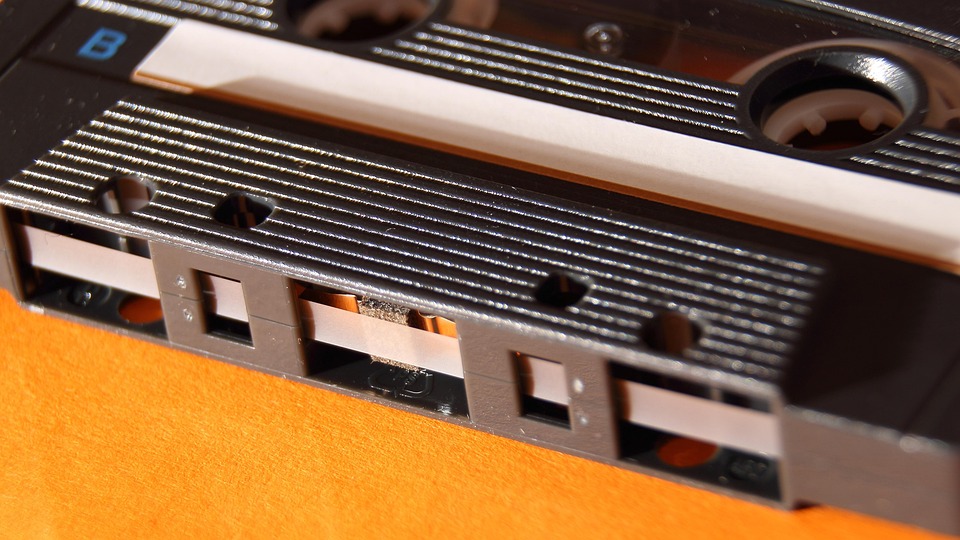Magnetic therapy, also known as magnetotherapy, is an alternative therapeutic approach that utilizes static or moving magnetic fields to alleviate pain and promote overall wellness. Proponents of magnetic therapy believe that the human body is influenced by magnetic fields, and that exposure to specific magnetic field frequencies can result in various health benefits. Despite its growing popularity, there is still much skepticism surrounding the effectiveness of magnetic therapy, with some dismissing it as pseudoscience. In this article, we will delve into the world of magnetic therapy, exploring its purported benefits, debunking common myths, and examining the scientific evidence behind this intriguing alternative treatment.
How Does Magnetic Therapy Work?
The underlying principle of magnetic therapy is based on the belief that every living cell within the human body emits its own unique electromagnetic field. Proponents of magnetic therapy suggest that exposing the body to external magnetic fields can help to restore balance within the body’s electromagnetic field, thus promoting healing and reducing pain.
Magnetic therapy devices come in various forms, such as bracelets, necklaces, anklets, and even mattress pads. These devices typically use either static or moving magnets, with the strength of the magnetic field measured in Gauss or Tesla units. Static magnets are those that have a fixed magnetic field, while moving magnets, also known as pulsed electromagnetic field (PEMF) devices, generate alternating magnetic fields that pulse on and off at specific frequencies.
Potential Benefits of Magnetic Therapy
Advocates of magnetic therapy claim that it can offer a range of health benefits, including:
1. Pain Relief: One of the most common reasons people turn to magnetic therapy is for pain relief. Proponents claim that the magnetic fields can help to block pain signals from reaching the brain, thereby reducing the perception of pain. Some studies have shown promising results for the use of magnetic therapy in relieving pain associated with conditions such as fibromyalgia, arthritis, and migraines.
2. Improved Sleep: Some people use magnetic therapy to help alleviate insomnia and other sleep-related issues. The theory behind this is that the magnetic fields can help to balance the body’s circadian rhythms, promoting deeper and more restful sleep.
3. Reduced Inflammation: Inflammation is a common response to injury or infection, but chronic inflammation can lead to various health problems. Magnetic therapy proponents suggest that exposure to magnetic fields can help to reduce inflammation by improving blood flow and promoting the release of anti-inflammatory compounds.
4. Improved Circulation: Magnetic therapy is believed to improve blood circulation by helping to dilate blood vessels and increase blood flow. This, in turn, may help to oxygenate tissues and remove toxins more efficiently.
5. Enhanced Relaxation: Some people find that wearing magnetic therapy bracelets or using other magnetic therapy devices helps them to feel more relaxed and calm. This may be due to the placebo effect or the belief in the therapy’s benefits, but it could also be related to the potential reduction in pain and inflammation.
Debunking Common Myths about Magnetic Therapy
Desp

